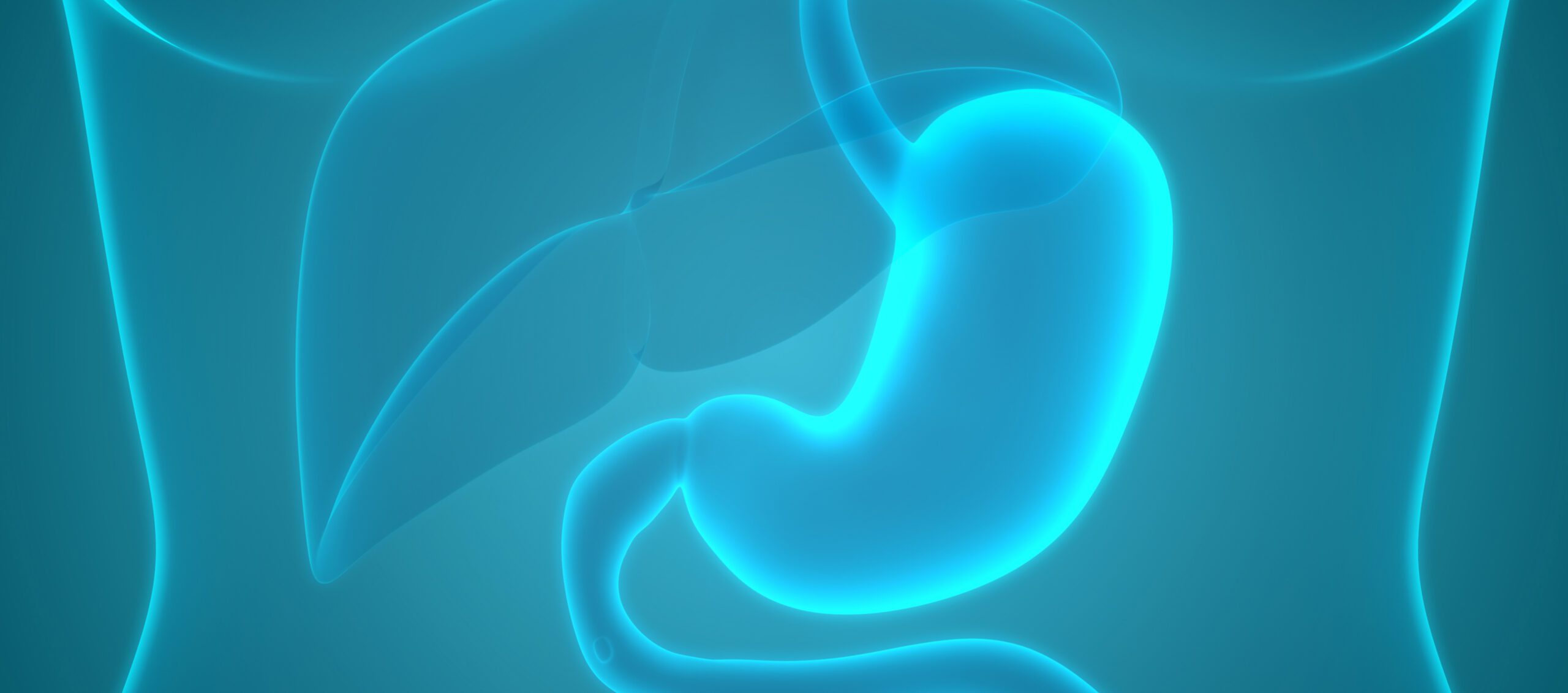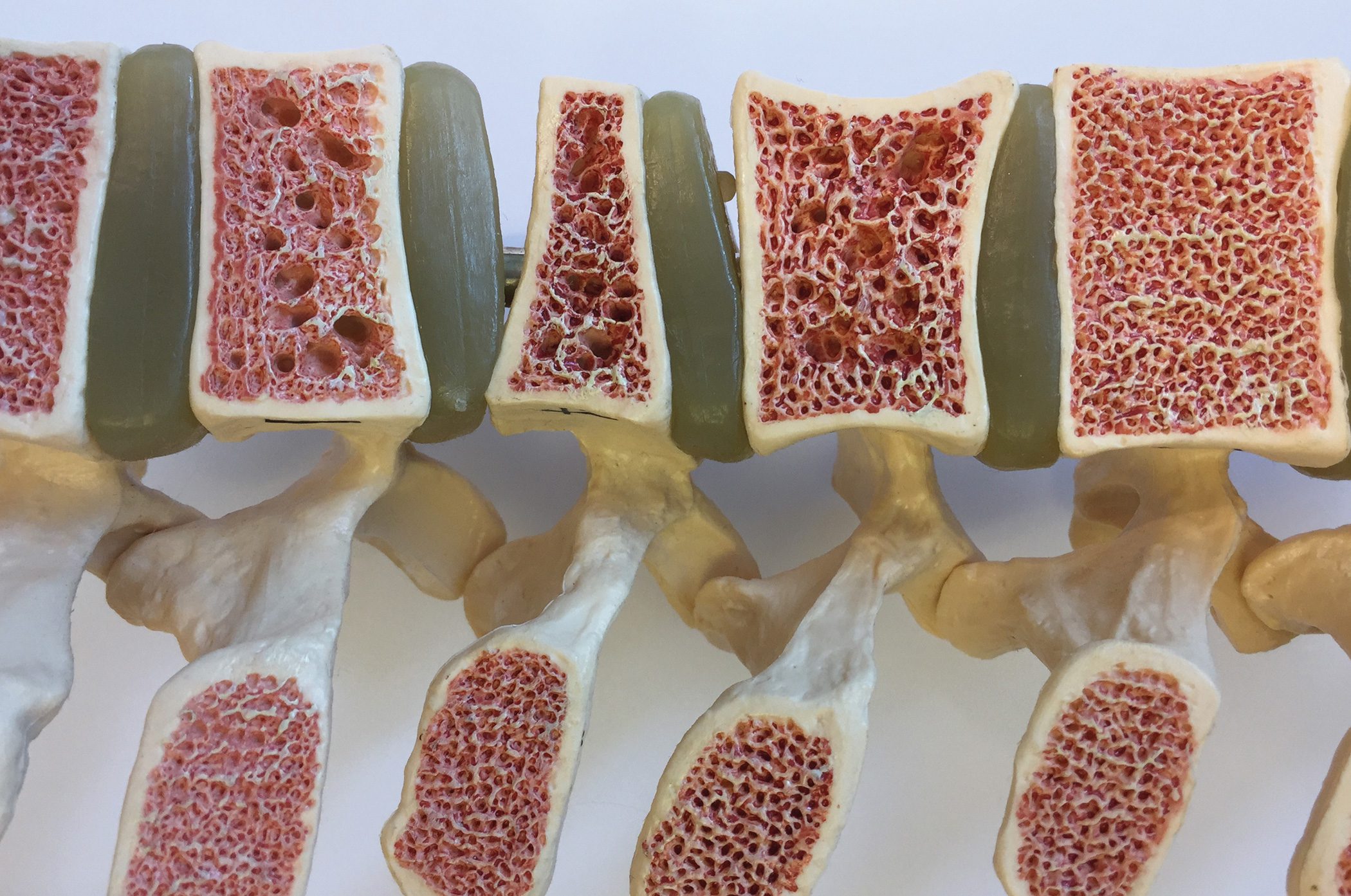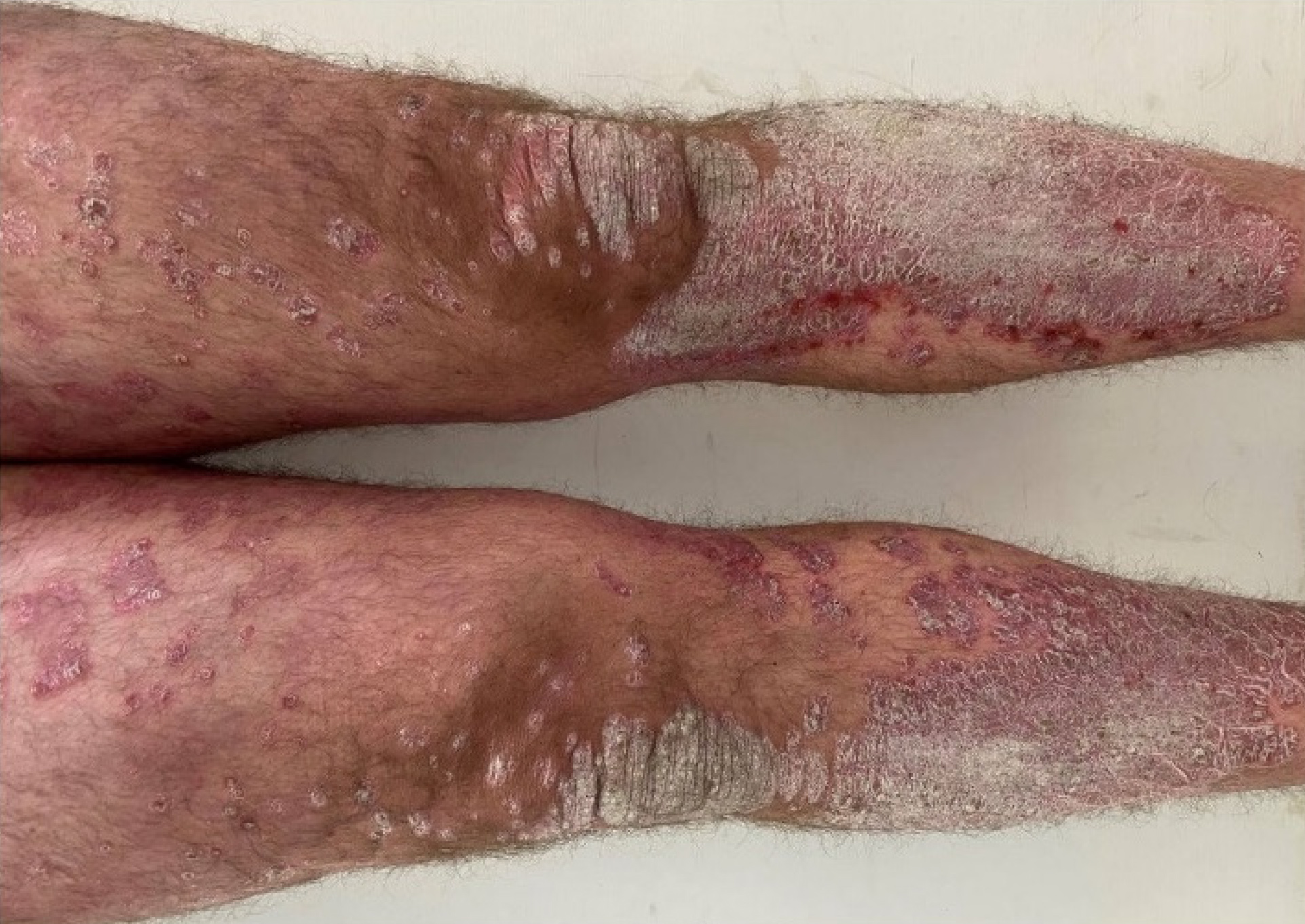Educating patients can be a challenge for physicians – some patients are overwhelmed by modern systems, others take the wrong dose and still others lack any adherence and don’t see why they should change their lifestyle. An expert gave tips on what you should prepare your type 1 patients for in particular.
Prof. Dr. Steven Edelman from the Department of Endocrinology at the San Diego Veterans Affairs Medical Center has been a type 1 diabetic himself since he was a teenager. As a sufferer and doctor, he is an expert in helping patients adjust to the treatment and management of their diabetes. “The patient is his own best advocate,” is his credo. “He lives with the disease around the clock, whereas the doctor only sees him every few weeks and has maybe 15 minutes for him.” However, in order to become an expert on their own behalf, patients need to be trained. Dr. Edelman has formulated ten tips on what practitioners of people with type 1 diabetes should give their patients [1].
1. continuous glucose monitoring
Continuous glucose monitoring (CGM) is the most important advance for people with type 1 diabetes since the discovery of insulin. But there are still a majority of patients in the world who do not have CGM.
For many people with type 1 diabetes, blood glucose levels are unpredictable around the clock. “In the past, the best way to control diabetes was to stand still and not eat anything,” explained Prof. Edelman. The development of hybrid closed-loop (HCL) or AID systems has changed this – at least for those who have access to these systems.
A value of 70 to 180 mg/dl represents the “ideal” range that glucose levels should reach before and after meals, during sleep and when exercising 70% of the time (time in range, TiR), i.e. 17.5 hours per day. “However, this also means that 7.5 hours outside this range is acceptable,” the expert pointed out. “Of course, we don’t want our patients to spend 7.5 hours hypoglycemic in the time below range (TbR ) and try to achieve this at less than 1 hour per day” (Fig. 1) .
Without continuous glucose monitoring, it is almost impossible to stay in the TiR. As a practitioner, you should therefore do everything you can to help your patient get a CGM, according to Prof. Edelman’s advice. “I encourage my patients to go through their values with their doctor and take notes.” Patients should also bring a relative or carer with them or record the conversation on their smartphone: “Patients often forget what was said. They are distracted, nervous and forget the advice the doctor gave them. This way, they can listen to it again later.”
2. setting warnings and alarms
One way to improve time in range without changing the inulin settings is to lower the daytime upper alarm value to below 180 mg/dl, i.e. 150 or 160 mg/dl. “Here, too, you need to know your patient, take small steps, talk to them and explain to them that alarms and alerts are their friends.” When the alarm goes off at 180 mg/dl, it is often already too late. However, if it triggers at 150 or 160, many of the factors that are monitored via CGM can be improved. “With certain systems, you can also set the alarms higher at night to avoid drowsiness and you can choose a different sound to the factory setting. Just by changing the upper alarm, you can improve the TiR, lower the TaR and improve the HbA1c value derived from the sensor.”
3. react to trend arrows
Most providers do not explain to their patients how to point to the trend arrows. Because if the value exceeds the upper limit, you should react to it. Prof. Edelman conducted a study about 6 years ago, i.e. before the introduction of hybrid closed-loop systems, and created a diagram that he gives to patients as a guide (Table 1). “We have found that the following instructions are useful: If you have an upward diagonal arrow on a blood glucose reading, you add 50 points to it and correct that number. So if the blood sugar is 200, you correct to 250.” On the way down, you should wait three cycles until the trend arrow flattens out. If the values are still high, a correction can be made. “This probably underestimates your actual need, but we just wanted to make sure they understood: If the arrows are going up, you need more. If the arrows are going down, you might not need anything and wait until you stabilize.”
4. make sure that the basal dose/rate is set correctly
The basal rate is the basis for all other settings and is particularly important for users of MDI (Multiple Daily Injections) and “unintelligent” pumps, i.e. pumps that cannot communicate with their CGM. Another important factor is that the settings of the HCL system are correct.
To determine whether and how the basal dose is “correct”, Prof. Edelman provided clues for testing. These refer to the nightly measurement of the basal rate:
- Eat dinner early.
- Test with a horizontal trend arrow on a night when your blood glucose is 120-180 mg/dl 2 hours after dinner.
- Note your blood sugar level at bedtime.
- Fast until the next morning (if you are not using a CGM, you will need to check your blood glucose every few hours).
- The blood glucose value in the morning should deviate by about +/- 30 mg/dl from the blood glucose value before going to bed.
- Do not make decisions on the basis of just one day. Watch out for trends!
5. prevention of peak values after meals
Probably the biggest frustration for people with type 1 diabetes is how to prevent the “post-meal spikes” and avoid the roller coaster rides. And if the patient uses an MDI system, they want to avoid the need for a correction bolus. “That’s the key: as soon as you have a new correction bolus, it’s just guesswork. Sometimes you’re right, sometimes you’re completely off, you over or underestimate. You also don’t want to overload the capacity of the algorithm to control the new blood glucose.”
It all depends on the right timing: If the insulin is taken 20 to 30 minutes before the meal, it makes a huge difference in blood sugar levels after the meal compared to the time of the meal or 20 minutes after. The problem, however, is remembering this as a patient.
Prof. Edelman lists the settings that can be adjusted in the fight against the spike after the meal as follows:
- Make sure that your settings are correct: Insulin to Carbohydrate Ratio (I:C) and Insulin Sensitivity Factor (ISF or CF).
- Target glucose 100 mg/dl, if possible (if the system can go that low)
- Duration of insulin effect no longer than two hours. (It makes a big difference how aggressive the algorithm is).
- Be patient before you set your dose, especially with an HCL system.
6. reduction of carbohydrates in the diet
It’s not easy to stick to, the endocrinologist explained, but there is a lot of information and recipes for low-carb meals and snacks. His message: it works! He advises skeptical patients to try it for at least a week to see the effects of carbohydrates on blood sugar.
7. do not treat lows too strongly
“Try not to eat everything in sight,” the expert said, aiming at the rollercoaster ride you go on when you eat too many sugary snacks too quickly in a low. “Then it reverses again and you have to give yourself a bolus.”
8. keep glucagon preparation on hand
It sounds obvious, but in practice it is not: patients should always ensure that they have a non-expired, easy-to-administer glucagon preparation to hand. Prof. Edelman referred to glucagon nasal spray or an injection pen.
9. familiarize yourself with HCL systems
As a physician, it is advisable to encourage your diabetic patients to familiarize themselves with hybrid closed-loop systems.
There are currently four different HCL systems on the Swiss market. Patients should look at each of them carefully before making a decision. “The system chosen by the patient is the one that will be successful. Not the one that the doctor prefers,” is Prof. Edelman’s experience.
10. exercise makes up for mistakes!
Exercise in type 1 diabetes can mess with blood sugar levels, which is why education is needed. If a patient has a pump, it is best to stop exercising 90 minutes beforehand. People with MDI must adhere to their rituals to avoid hypoglycemia. But the important thing is: you can train at any age, there are no excuses!
Congress: ATTD 2024
Source:
- Edelman SV: Presentation “The top 10 tips to help people with type 1 diabetes stay in range”, Session “Practical use of CGM”. The 17th International Conference on Advanced Technologies & Treatment for Diabetes, Florence, March 6-9, 2024.
InFo DIABETOLOGY & ENDOCRINOLOGY 2024; 1(2): 24-25 (published on 2.5.24, ahead of print)














